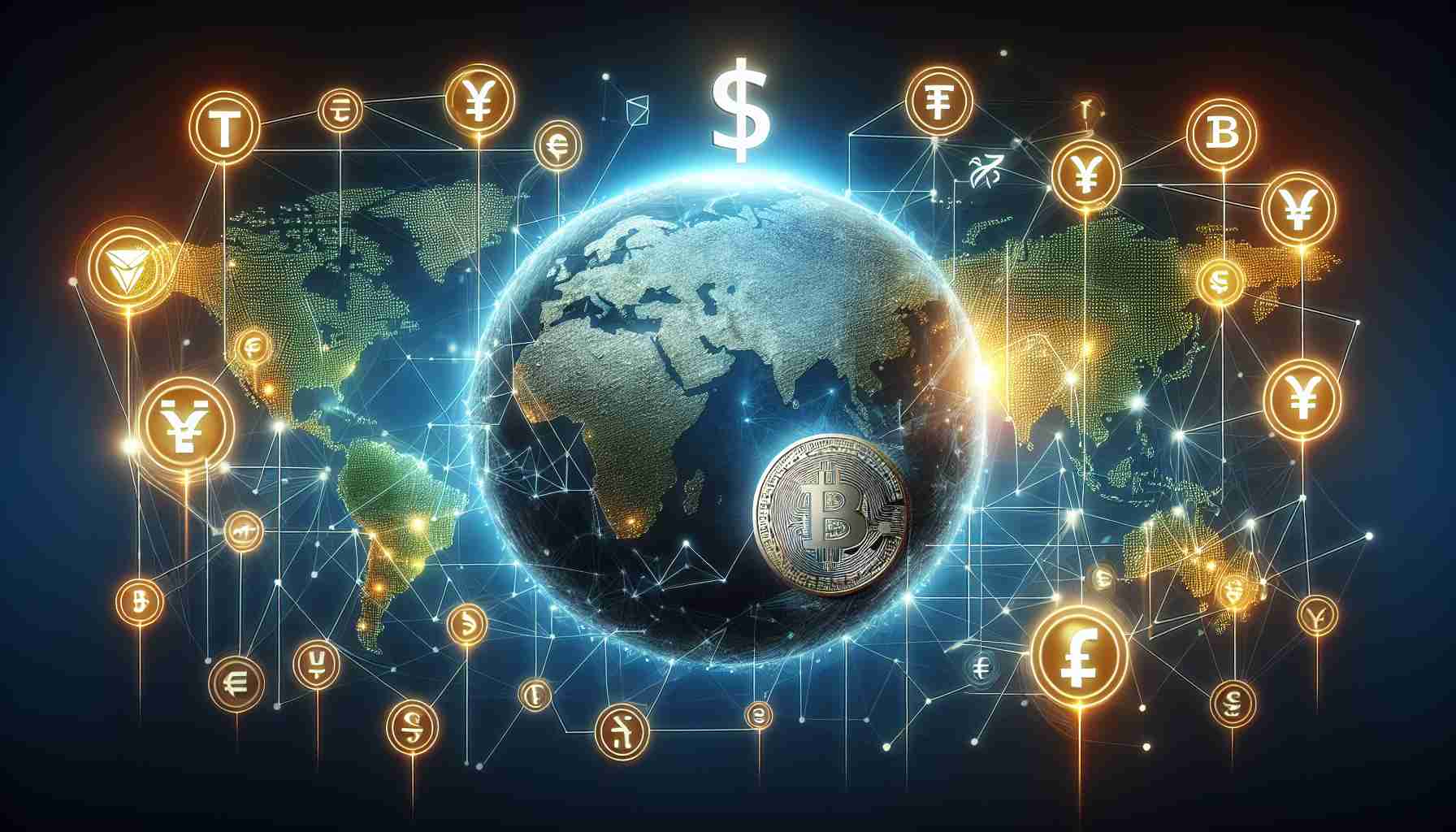USDT – A Digital Lifeline for the Global Economy
Paolo Ardoino, the chief at Tether, described how Tether’s USDT is transforming the world’s economic landscape. Through platforms such as X (formerly known as Twitter), Ardoino conveyed that the widespread use of USDT is intensifying demand for the U.S. dollar around the globe. USDT’s reach extends to over 300 million individuals, offering a sturdy monetary option, especially to those facing financial tumult.
Empowering Economies with Digital Stability
As economies battle with fluctuation and uncertainty, USDT emerges as a beacon of stability. This digital counterpart to the U.S. dollar has enabled many, particularly in countries with unstable financial systems, to engage in trade and safeguard their financial resources. It’s a significant breakthrough for regions where traditional banking is not readily available, providing a lifeline to both personal and business financial stability.
Linking Traditional and Digital Financial Realms
Furthermore, Tether’s strategy in involving itself with U.S. treasury bills showcases the merging of the digital currency world with conventional financial markets. As a significant presence in these markets, Tether is bridging gaps and presenting new possibilities for the circulation of money, while implicating the enormous and far-reaching influence of their USDT product on a worldwide scale. This not only changes how money is moved and stored but also brings the underbanked into the fold, offering them a chance to be part of the global economic system.
Key Questions and Answers about Tether’s USDT Influence on Global U.S. Dollar Reach:
Q: What is Tether’s USDT?
A: Tether’s USDT is a cryptocurrency that is pegged to the U.S. dollar, known as a stablecoin. It aims to maintain a 1-to-1 value ratio with the USD, providing a digital alternative to traditional currencies.
Q: How is USDT strengthening the global reach of the U.S. dollar?
A: USDT provides a digital means to transact in U.S. dollars across borders without the need for traditional banking or currency exchange services. Its widespread adoption has helped to increase the use and liquidity of the U.S. dollar in the global market, especially in regions without stable local currencies or where the U.S. dollar is preferred.
Challenges and Controversies:
1. Transparency and Trust: There have been concerns about whether Tether has enough USD reserves to back the USDT in circulation fully. These concerns arise from Tether’s past issues with transparency regarding its reserve holdings.
2. Regulation: As a bridge between digital and traditional finances, Tether faces regulatory scrutiny. Regulators are concerned with preventing money laundering and maintaining financial stability, and may impose restrictions that could affect USDT’s utility.
3. Market Dominance: The dominance of Tether’s USDT in the stablecoin market could pose systemic risks to the broader cryptocurrency ecosystem if any adverse event affects Tether’s stability or liquidity.
Advantages:
– Global Transactions: USDT facilitates easy and quick global transactions, bypassing the slower and sometimes more expensive traditional banking system.
– Financial Inclusion: It provides a digital financial services option for those who are unbanked or underbanked, thereby fostering financial inclusion.
– Hedging: Individuals and businesses in countries with hyperinflation or unstable local currencies can use USDT to hedge against currency devaluation.
Disadvantages:
– Centralization Risks: The centralized nature of Tether means that users must trust a single entity with their funds, which is contrary to the decentralized ethos of cryptocurrencies.
– Dependence on U.S. Dollar: Using USDT ties users’ fortunes to the U.S. dollar, and any depreciation in the USD could affect those holding USDT.
– Regulatory Uncertainty: There is a possibility of clampdowns or changes in regulations that could limit the usability or availability of USDT in some markets.
Related Links:
For those interested in the broader context of stablecoins, cryptocurrency, and blockchain technology, here are links to explore:
For current regulations and guidelines regarding stablecoins:
– U.S. Securities and Exchange Commission
Please ensure to verify the correct and current URLs before visiting these sites, as they have not been provided in the task and thus cannot be guaranteed to be 100% valid.



